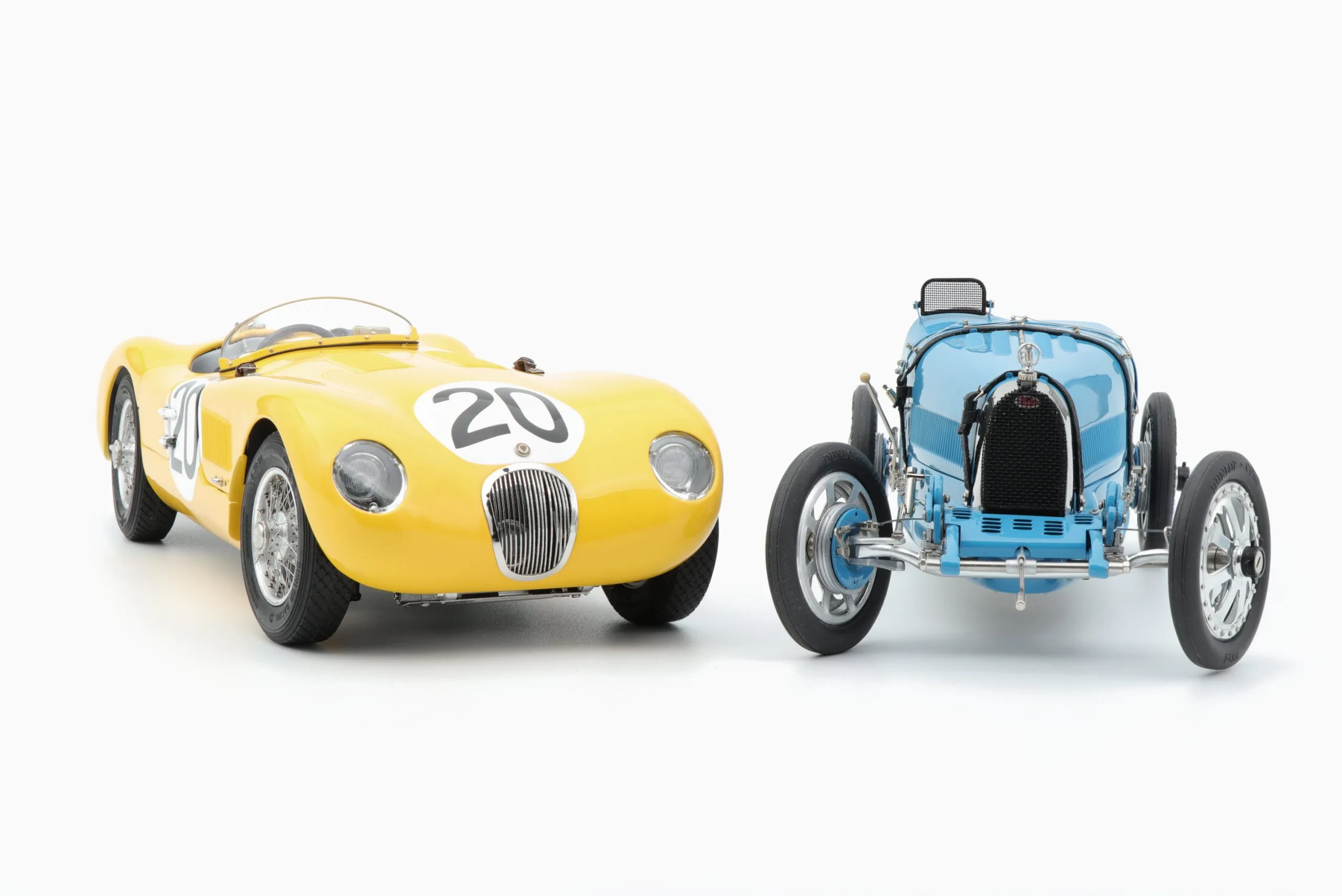What are Diecast Cars?
Diecast cars are miniature replicas of real-world vehicles, meticulously crafted from metal and other materials. These collectible items have captivated enthusiasts for decades, offering a tangible way to appreciate automotive design and history. These miniature marvels are not just toys; they are intricate models that represent different eras, brands, and models of automobiles. The level of detail in diecast cars can vary greatly, from simple, mass-produced models to highly detailed, limited-edition pieces that are prized by collectors. They range from classic vintage cars to the latest supercars, offering a diverse range of options for any collector. Collecting diecast cars provides a fulfilling experience for anyone interested in cars or looking for a unique hobby. The market is vast, allowing collectors to specialize in particular brands, models, scales, or eras, making it a personalized and engaging pursuit.
Understanding Diecast Car Scales
Diecast cars are produced in various scales, each representing a different ratio of the model’s size to the actual vehicle. The scale is a crucial factor when starting a diecast car collection because it determines the size of the models and how they will fit within your display. Common scales include 1:18, 1:24, 1:43, and 1:64, with each scale offering a different level of detail and size. 1:18 scale models are larger and offer more intricate details but require more space, making them ideal for showcasing detail. 1:24 scale models are also popular and strike a balance between detail and size. 1:43 scale models are smaller and more affordable, suitable for collectors with limited space. 1:64 scale, often referred to as ‘matchbox size’, is the smallest and most common, perfect for larger collections. Choosing a scale depends on your preferences and available space; many collectors focus on a single scale for consistency, while others diversify their collection across multiple scales.
Popular Scales for Collectors
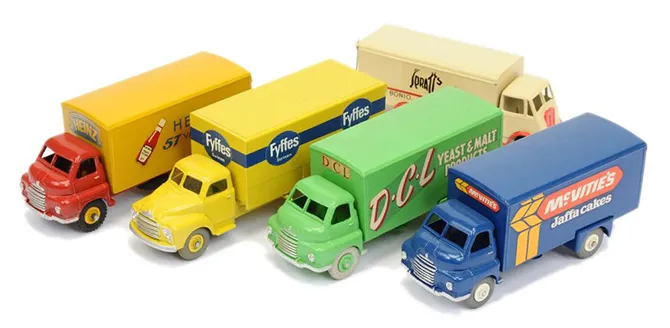
The popularity of different diecast car scales varies among collectors, with each scale offering unique advantages. The 1:18 scale is favored for its remarkable detail, making it perfect for displaying individual models, allowing collectors to admire the intricate features of each car. The 1:24 scale is also very popular, offering a balance of detail and size, making it a versatile option for many collectors. The 1:43 scale is a favorite for collectors who have limited space and appreciate the variety available within a compact size, often resulting in more economical collections. The smallest, 1:64 scale, offers a wide variety of models and is ideal for those looking to amass a large and diverse collection without taking up significant space. Understanding and choosing between these scales is key to starting and enjoying your diecast car collection.
Diecast Car Materials and Construction
The materials and construction of diecast cars play a pivotal role in their quality and value. The primary material is typically diecast metal, a zinc alloy, which provides durability and allows for detailed molding. Besides the metal body, these models incorporate plastic parts for elements like interiors, wheels, and other details. Some premium models may even include rubber tires, adding to the realism and texture of the model. The construction process involves the diecasting of the metal components, followed by assembly, painting, and the application of decals. The quality of these processes significantly impacts the model’s appearance and longevity. Collectors often examine the paint finish, the alignment of parts, and the detailing to assess the model’s quality. High-quality diecast cars typically feature intricate details, such as opening doors, detailed engines, and realistic interiors, making them highly desirable.
The Significance of Materials Used
The choice of materials directly affects the quality, appearance, and value of a diecast car. Diecast metal provides a sturdy base, allowing for intricate detailing that enhances the model’s realism. Plastic components are used for elements like windows, dashboards, and other interior details, offering flexibility and cost-effectiveness. The quality of the paint finish is essential for the model’s overall aesthetic appeal. Premium models use multiple layers of paint and clear coats to achieve a smooth, glossy finish. Rubber tires enhance the authenticity of the model by providing a realistic texture and feel. The combination of materials and the craftsmanship in assembly determine the model’s overall quality and its appeal to collectors. High-quality materials and meticulous construction enhance a diecast car’s value and its long-term appeal.
Finding Your Favorite Diecast Car Brands
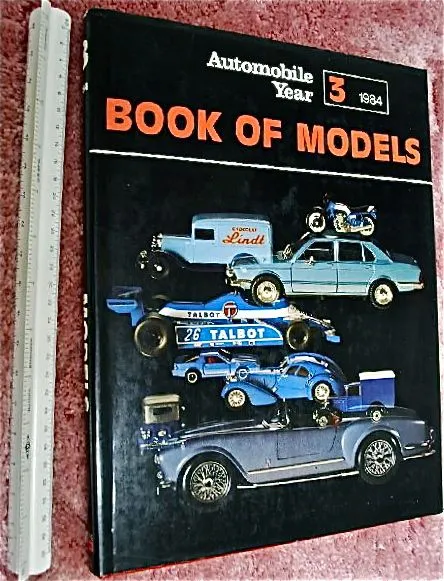
There are many reputable brands that produce diecast cars, each with its unique strengths and specialties. Selecting a brand or brands can be a great way to start or focus a collection. Some brands are known for their attention to detail and accuracy, producing high-end models that appeal to serious collectors. Other brands focus on affordability and wider availability, making them ideal for beginners. Popular brands often have extensive catalogs, providing collectors with a wide range of models and scales to choose from. The brands may specialize in specific types of vehicles, such as classic cars, race cars, or modern supercars. Exploring different brands allows you to identify which ones align with your collecting preferences and interests. This may involve researching online, visiting local hobby shops, and attending car shows to discover which brands produce the types of cars you enjoy the most.
Top Diecast Car Brands for Beginners
When starting a diecast car collection, some brands are particularly well-suited for beginners. These brands offer a good balance of quality, variety, and affordability. Maisto is a popular choice, providing a wide range of models at accessible price points, making it easy to start collecting. Hot Wheels is a famous brand known for its vast array of models, including licensed cars from popular movies and games. Greenlight offers detailed models and is popular for classic cars, offering realistic replicas of classic vehicles. These brands offer a great starting point, allowing collectors to explore different scales, car types, and styles. They also often have broader distribution channels, making their models easier to find in stores and online.
Exploring Different Diecast Car Types
Diecast cars come in a variety of types, allowing collectors to specialize in specific areas of interest. Classic cars from the early and mid-20th century are very popular, with collectors appreciating their historical significance and iconic designs. Modern supercars are also highly sought-after, appealing to those interested in cutting-edge automotive technology and design. Race cars, including Formula 1, NASCAR, and other racing vehicles, provide a thrilling element to collections, often featuring intricate details that capture the excitement of motorsport. Vintage models, such as muscle cars, offer a nostalgic feel, and attract enthusiasts of American automotive history. Many collectors focus on models from particular manufacturers like Ford, Ferrari, or Porsche, while others prefer to diversify their collections across different types. The variety of car types allows collectors to build a personalized collection.
Classic Cars and Vintage Models
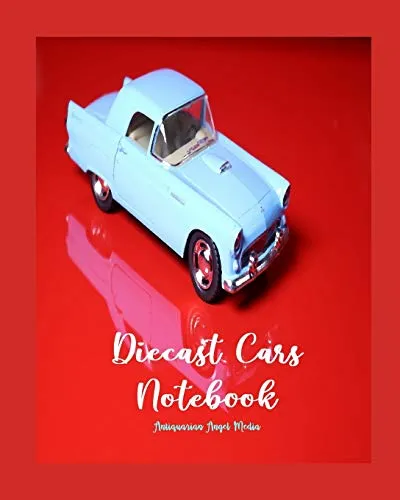
Classic cars and vintage models represent a significant segment of the diecast car market, drawing collectors who appreciate history and design. These models typically include cars from the early to mid-20th century, such as iconic vehicles from the 1920s through the 1970s. Collecting classic cars offers a glimpse into the evolution of automotive design, with each model reflecting the era’s styling cues and technological advancements. These models often feature vintage detailing, such as chrome accents, unique body styles, and historic paint schemes. The appeal of classic car diecast models lies in their ability to evoke nostalgia and a connection to the past. Collectors often seek out specific models that represent landmark years and iconic designs. The appreciation for classic cars is a strong driver in the diecast car collecting world, providing a rich field for building a collection.
Modern Supercars and Race Cars
Modern supercars and race cars represent the pinnacle of automotive design and performance, making them highly desirable to diecast car collectors. These models capture the excitement and innovation of the contemporary automotive landscape. They often feature detailed replicas of high-performance engines, aerodynamic body designs, and cutting-edge interior features. Race cars, including Formula 1, NASCAR, and sports car models, bring a thrilling element to any collection. These models replicate the liveries, sponsor decals, and technical details of the actual race cars, adding a layer of authenticity and excitement. Collectors often focus on specific racing teams, drivers, or racing series, providing a thematic direction for their collection. The focus on precision, performance, and visual appeal makes these diecast cars highly popular among collectors.
How to Acquire Diecast Cars
Acquiring diecast cars involves several methods, each offering different benefits to collectors. The most common way is through retail channels, such as hobby shops, department stores, and online retailers. Hobby shops often provide a wide selection of models from various brands, as well as expert advice and a sense of community for collectors. Online retailers offer an extensive catalog of models, often with competitive pricing and convenient shipping options. Another way to acquire diecast cars is through car shows and swap meets, where collectors can find rare models and interact directly with other enthusiasts. These events provide a chance to discover new models, exchange knowledge, and build relationships within the collecting community. Auctions, both online and in-person, can be another source of acquiring diecast cars, often featuring rare or limited-edition models.
Where to Purchase Diecast Cars
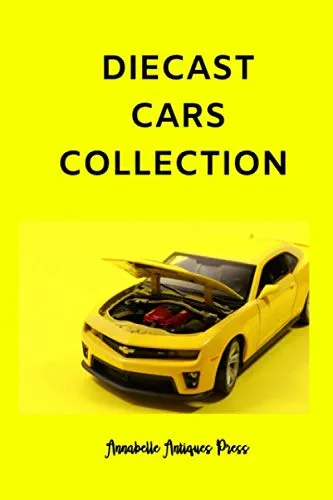
Diecast cars are available through a variety of purchasing channels. Local hobby shops provide a hands-on experience, allowing you to examine the models before buying and get personalized advice from experts. Department stores and toy stores often have a selection of more common models, ideal for beginners or casual collectors. Online marketplaces, such as Amazon and eBay, offer a massive inventory of diecast cars, with competitive pricing and the convenience of home delivery. Dedicated online retailers specialize in diecast cars, offering a curated selection and often providing detailed product information and reviews. Attending car shows and swap meets can give collectors a chance to discover rare and unique models, as well as interact with other enthusiasts. Each of these channels provides its own set of benefits, and combining them can give you the best results.
Online Marketplaces and Retailers
Online marketplaces and retailers have revolutionized the way people collect diecast cars, offering unparalleled convenience and variety. Platforms like eBay and Amazon provide access to a vast selection of models from different sellers, offering competitive pricing and an opportunity to find rare and out-of-production models. Dedicated online retailers specialize in diecast cars, offering a carefully curated selection, detailed product information, and expert advice. These retailers often have advanced search options, allowing collectors to filter by brand, scale, and model. The ease of online shopping, combined with the ability to compare prices and read reviews, makes it an ideal way to build your collection. Many online retailers also offer collector forums or communities where enthusiasts can discuss models, share tips, and learn from each other.
Displaying and Preserving Your Collection
Displaying and preserving your diecast car collection is essential for showcasing your prized models and protecting your investment. There are many different display options, ranging from simple shelves to elaborate display cases. Shelves are a basic option, while display cases offer more protection and can enhance the presentation of your models. The way you arrange your models can enhance their visual appeal and reflect your collecting preferences. Displaying your cars by brand, scale, or car type helps organize your collection and make it easier to appreciate the details of each model. Protecting your models from dust, sunlight, and extreme temperatures is vital for preventing damage. Regular cleaning with a soft brush or cloth helps keep your models in top condition. Storage solutions such as plastic display cases and cabinets offer the best protection against these environmental factors.
Effective Display Techniques
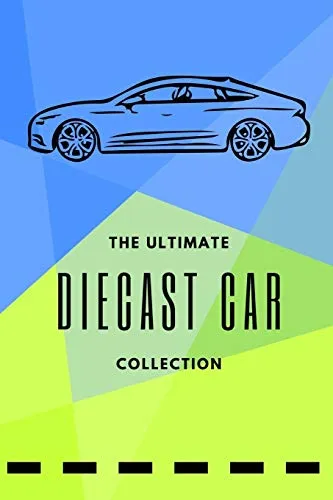
Effective display techniques enhance the presentation of your diecast car collection and allow you to showcase your models in a way that reflects your personal style. Consider the lighting, as it can significantly impact the appearance of your models. LED lights are ideal as they do not emit heat and can highlight the details of your cars without causing damage. Using display cases protects your models from dust and provides a polished presentation, especially for valuable or delicate items. Arrange your models strategically, grouping them by brand, scale, or car type, creating visual themes that make your collection more engaging. Rotate the models on display regularly to keep your collection dynamic and ensure that each model gets its moment in the spotlight. The goal is to create a display that is appealing, organized, and protects your investment.
Protecting Your Diecast Cars
Protecting your diecast cars is critical to preserving their value and condition. Exposure to dust can dull the paint and scratch the surfaces, so consider using display cases or cabinets to shield your models. Direct sunlight can fade the colors and damage the paint, so keep your collection away from direct light sources. Extreme temperatures and humidity can also cause damage, so it is crucial to store your collection in a climate-controlled environment. Regular cleaning with a soft brush or cloth can help prevent dust buildup. Consider using individual protective cases for valuable or rare models to add an extra layer of security. Taking these steps will help keep your collection in excellent condition.
